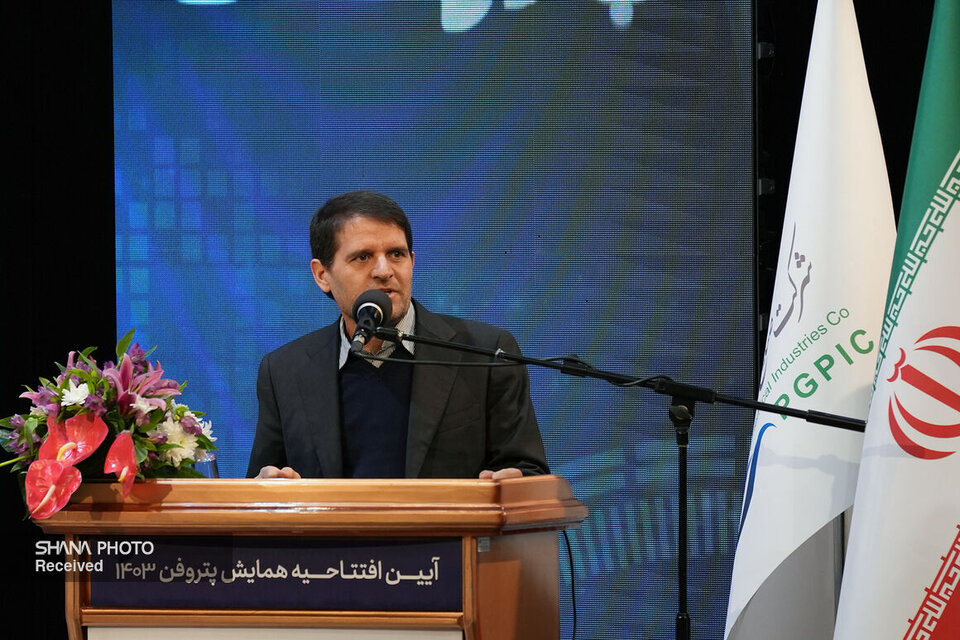Speaking at a meeting of the Oil Ministry’s deputies on Saturday, attended by First Vice President Mohammadreza Aref, Hassan Abbaszadeh highlighted that the petrochemical sector comprises 70 production complexes and three utility complexes.
He noted that 85% of the industry is concentrated within holdings, most of which are subsidiaries of the country’s pension funds, while 15% operate within the private sector.
Abbaszadeh emphasized that the industry has also supplied $10 billion worth of feedstock to downstream domestic industries, which are utilized in various sectors such as polymers, footwear, textiles, and detergents.
Focus on value chain development
The deputy oil minister stated that the Seventh Development Plan outlines 61 petrochemical projects, with a focus on completing the value chain.
Abbaszadeh explained that while previous development plans prioritized increasing production capacity, the current plan emphasizes value chain integration and aims to achieve a total capacity of 131.5 million tons by 2027 across methanol, polyethylene, ethylene, and other chains.
He acknowledged that this approach has made the work more challenging but stressed that it will help move the industry toward higher-value-added products.
Abbaszadeh added that the National Petrochemical Company is monitoring and prioritizing value chain completion projects, aligning with the Seventh Development Plan’s goals of boosting production capacity while enhancing value chain integration.
Over 60 projects requiring $24b in investment
Abbaszadeh identified financing as the primary challenge for implementing petrochemical projects, noting that the Seventh Development Plan requires $24 billion in investments.
So far, $12 billion has been spent, with projects averaging 50% physical progress. An additional $12 billion will be invested to complete the initiatives.
He also mentioned that plans for the Eighth Development Plan have been drafted and are in their initial stages. To ensure sustainable feedstock supply, petrochemical companies have invested in capturing associated gases.
The CEO highlighted that memorandums of understanding have been signed with petrochemical holdings and companies to develop small gas fields, with some companies preparing contracts to increase gas production and partially address feedstock challenges.
Optimizing household gas consumption
Abbaszadeh noted that the petrochemical industry has also entered the energy optimization sector, targeting several cold-climate cities this year.
The initiative involves replacing equipment and promoting cultural changes to optimize household gas consumption, thereby freeing up gas for use as petrochemical feedstock.
He added that major petrochemical companies have begun investing in solar farms, with some signing contracts to build solar power plants.
For example, Kaveh Methanol has signed agreements to produce 800 megawatts of solar power and 500 megawatts of wind power to meet its electricity needs.
Regional planning for petrochemical industry development
Abbaszadeh stressed the importance of proper regional planning for the petrochemical industry, tailored to each province’s water resources, existing industries, and feedstock availability.
This approach aims to attract investors focused on developing downstream industries.
He also mentioned that efforts are underway to study and expand the portfolio of international customers, aiming to identify new markets while retaining traditional ones with the help of petrochemical holdings.
Abbaszadeh emphasized that petrochemical projects will be prioritized based on their potential to generate higher value-added products.


Your Comment